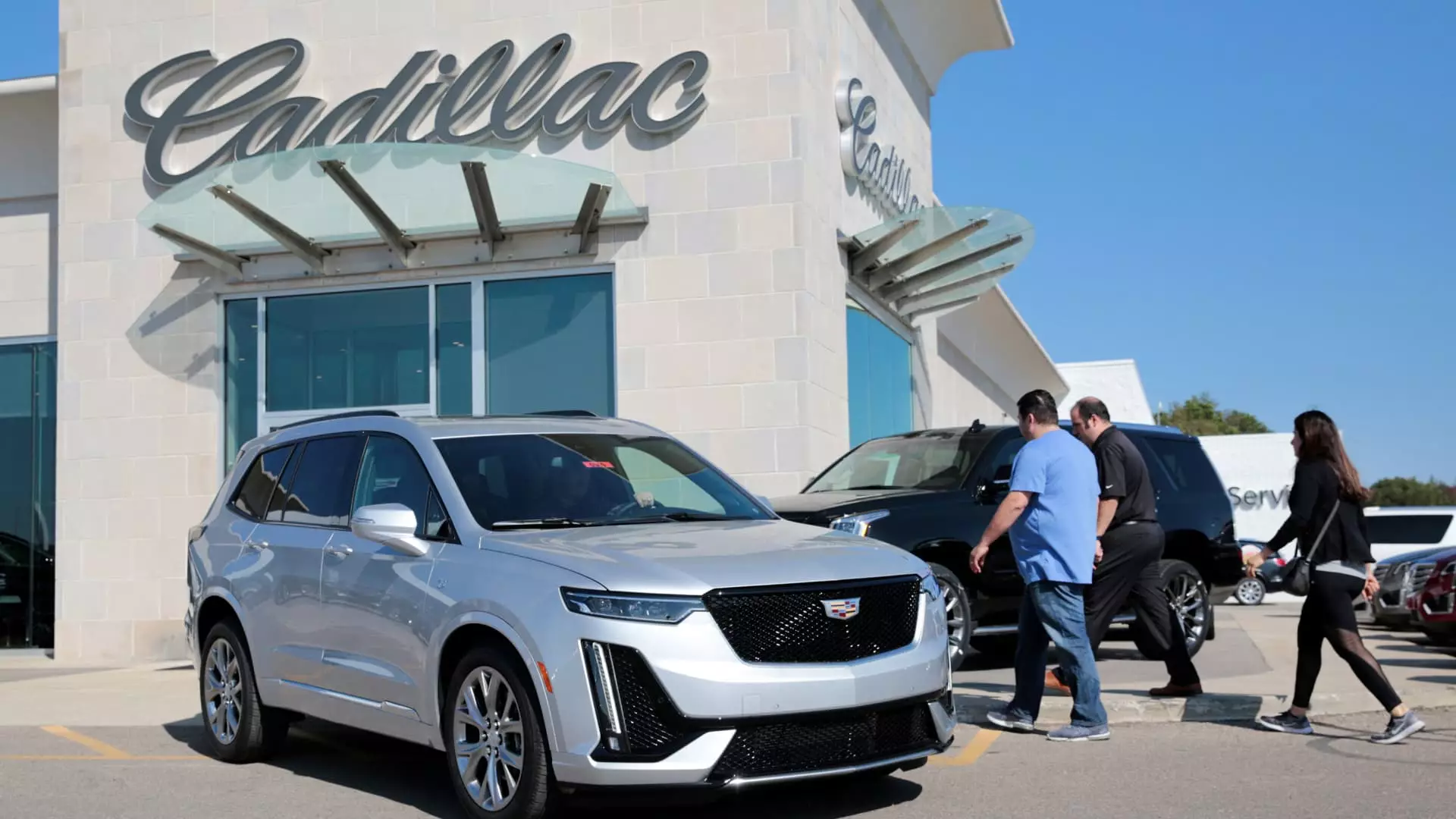General Motors (GM) has recently made waves in the automotive industry by deciding to halt the production of the XT6, a gasoline-powered Cadillac crossover. While the typical response might center around the disappointing performance of the XT6, which has seen lackluster sales since its debut, it’s crucial to consider what this decision signifies about the broader automotive landscape, particularly GM’s vision. Ending the XT6’s run, which averaged an underwhelming 19,000 units per year, highlights the declining demand for traditional combustion-engine vehicles in favor of a more electrifying future. Cadillac, once a formidable name in the luxury vehicle sector, finds itself carving a new identity, straddling the line between heritage and innovation.
A Cautious Step Towards Electric Dreams
Despite the promising glimmer of electric vehicles (EVs) on the horizon, GM’s transmission towards a full-electric lineup is fraught with challenges. Especially when considering Cadillac’s previous lukewarm commitment to an all-EV strategy by 2030, one must question whether the shift is more market-reaction than vision-driven. The production of the XT5 will continue until at least 2026, a stark reminder of the still-vibrant demand for traditional vehicles. However, this overlap does not necessarily indicate a failure to embrace EVs; rather, it underscores the need for a pragmatic transition that acknowledges the current market realities.
Powering Forward with the Lyriq and Beyond
The plant in Spring Hill has stepped into the future with the production of the Cadillac Lyriq, the brand’s first foray into the electric space. The Lyriq symbolizes Cadillac’s attempt to reclaim its status as a leader in luxury and innovation. Coupled with the recently launched Vistiq, which comes to replace the XT6, Cadillac seems poised to find its rhythm amidst changing tides. A company representative was quoted, touting “strong customer demand” for the XT5, emphasizing that instead of viewing these tactics as a retreat from gas-powered vehicles, they’re part of an intricate strategy balancing legacy and innovation.
The Highway to Sustainability: Tariffs and Temporary Setbacks
While GM has stated that the changes are not related to tariffs, the nuanced politics of manufacturing, labor relations, and consumer expectations will undoubtedly play roles. The temporary layoffs announced for the Spring Hill plant are symptomatic of a company adjusting its rhythm to tune into the pulse of a fluctuating market. In an age where sustainability should be at the forefront of industrial strategy, GM’s challenges are by no means unique. The automotive sector is at a critical crossroads, grappling with the realities of transitioning roadmaps while ensuring that employees and suppliers remain engaged and supported.
Facing the Future Head-On
Ultimately, GM’s decision to embrace a more electric future, while still catering to the present needs of consumers, is a gamble. The shift towards creating vehicles that deliver both luxury and sustainability may have its rough patches, particularly when introducing new EV models to a market still tied to gas-powered options. Yet, what remains clear is that General Motors is betting on the notion that electric vehicles are not just a trend, but the cornerstone of future mobility. As Cadillac sheds its reliance on outdated combustion engines, it must also simultaneously cultivate a new generation of consumers eager for innovative, environmentally friendly transportation solutions.

Leave a Reply